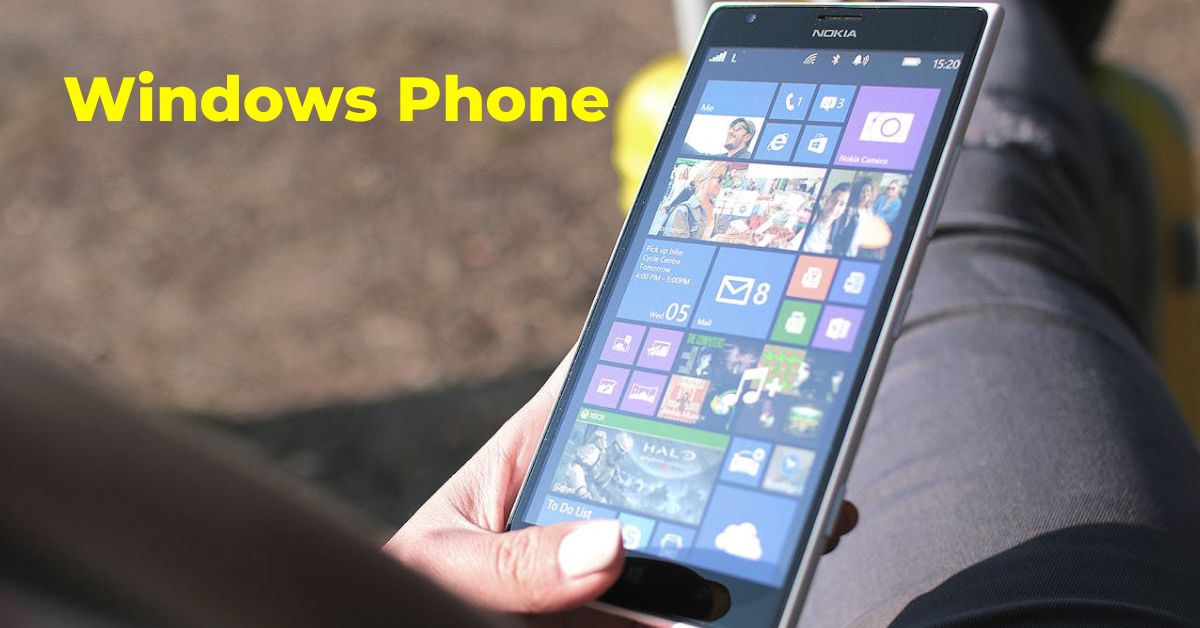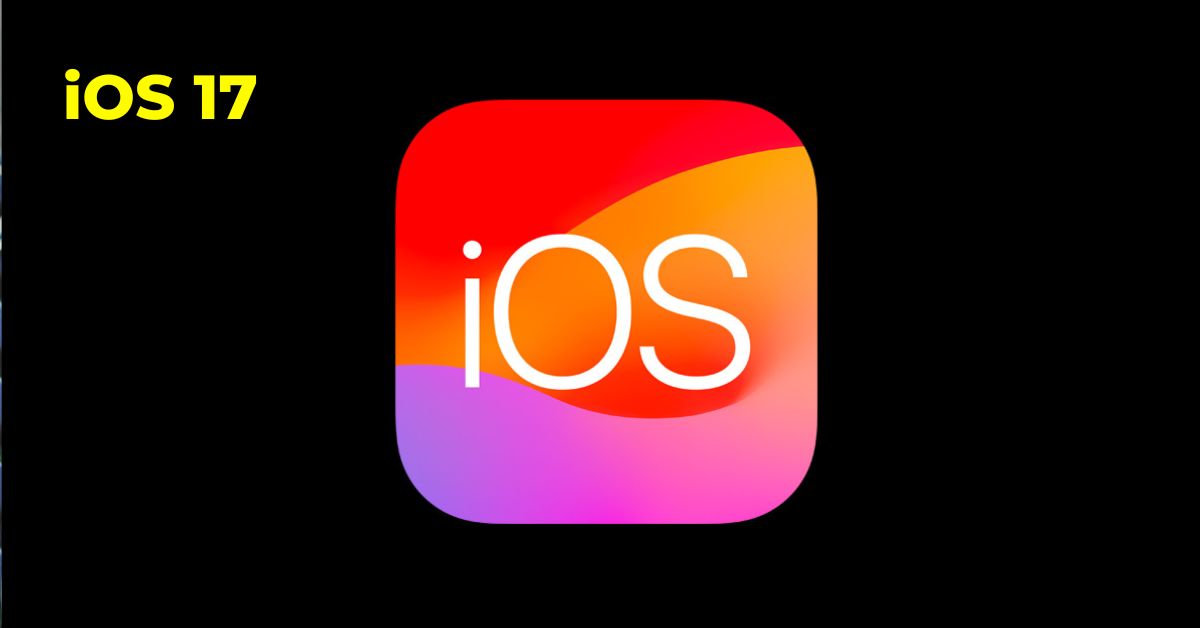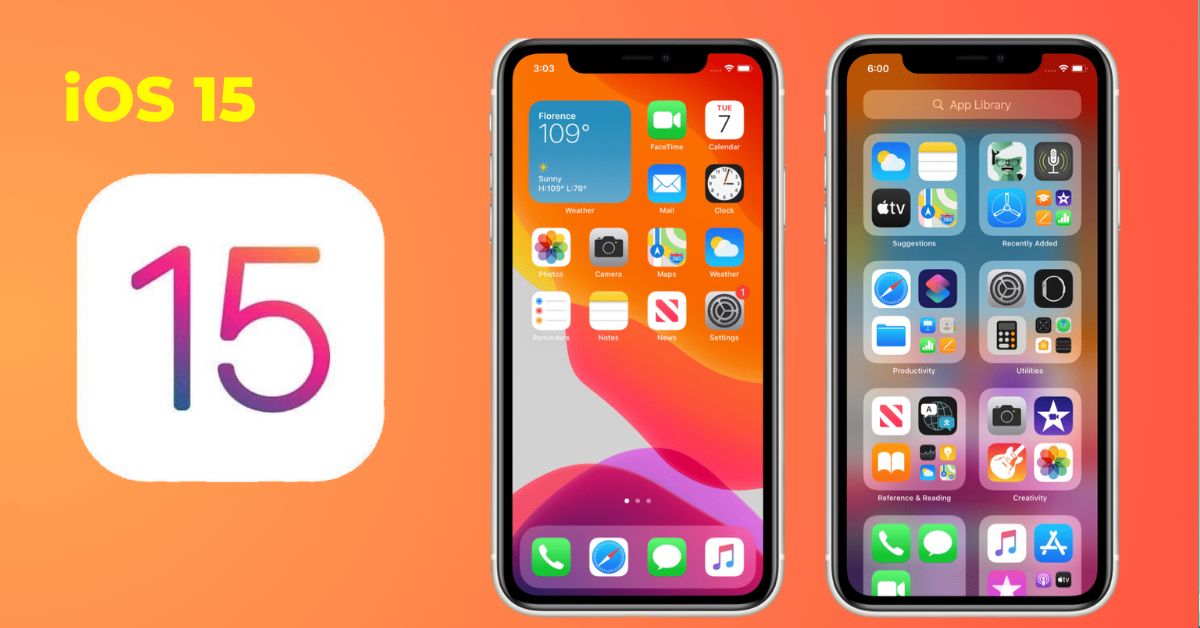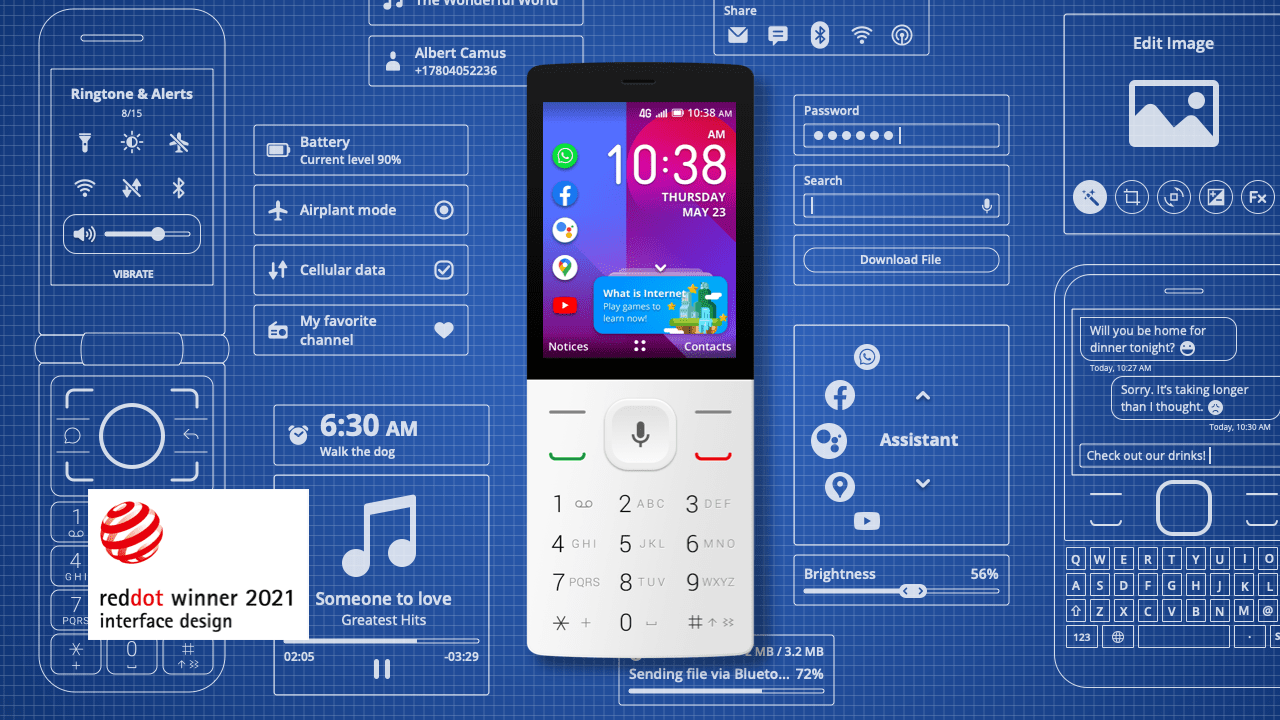Windows Phone entered the mobile market in 2010, offering a unique user interface with its signature “Live Tiles” and promising tight integration with Microsoft’s ecosystem. However, despite initial appeal, the platform experienced a significant decline and is no longer actively supported by Microsoft. This article explores the rise and fall of Windows Phone, analyzing the key factors that contributed to its downfall.
Initial Appeal and Rise:
Windows Phone aimed to differentiate itself with a clean and user-friendly interface compared to competitors. The “Live Tiles” provided real-time updates on apps and information, while deep integration with Microsoft services like Office and OneDrive appealed to users invested in the ecosystem.
Decline and the Question of the Future:
Despite initial promise, Windows Phone’s market share steadily declined. One of the major contributing factors was the lack of available applications compared to dominant platforms like Android and iOS. This limited user choice and hindered adoption.
Additionally, some critics argued that the platform lacked the flexibility and customization options desired by users.
Windows Phone Features:
| Feature | Strength | Weakness |
|---|---|---|
| User Interface | Clean, Efficient, Unique | Lack of App Availability |
| Hardware Integration | Tight Integration with Microsoft Services | Limited Hardware Variety |
| Security | Strong Security Features | Vulnerable Market Share for Targeted Attacks |
Key Factors Contributing to the Decline:
- Limited App Ecosystem: The lack of popular apps compared to competitors significantly impacted user experience.
- Closed System: Tight integration with Microsoft services limited compatibility with other platforms and discouraged wider adoption.
- Marketing Challenges: While innovative, Windows Phone struggled to compete with the established marketing strategies of its rivals.
Reasons for Windows Phone’s Failure
The once-promising Windows Phone platform ultimately fell short of expectations, and several key factors contributed to its demise.
A. Limited App Ecosystem
- Importance of Apps: In today’s smartphone landscape, apps are essential not just for entertainment but also for productivity, communication, and managing daily tasks. Users rely on a diverse app ecosystem to fulfill their varied needs and preferences.
- Challenges for Developers: Developers faced several hurdles when creating apps for Windows Phone. The limited user base compared to Android and iOS made developing apps less financially attractive. Additionally, Windows Phone utilized unique development tools compared to its competitors, requiring developers to learn a new system.
- Lack of Popular Apps: The absence of popular apps like Instagram and many major banking apps significantly hampered user experience. This limited functionality compared to other platforms made Windows Phone a less appealing choice for many consumers.
B. Late Entry into the Market
- Market Domination: By the time Windows Phone entered the market in 2010, Android and iOS had already established themselves as the dominant players. These established platforms boasted a larger user base, extensive app libraries, and brand recognition.
- Gaining User Base: Challenging entrenched competitors is always an uphill battle. Windows Phone struggled to attract a significant user base, as many users were hesitant to switch from familiar ecosystems they had already invested in.
- Switching Ecosystems: Convincing users to abandon their existing apps, data, and familiarity with established platforms proved to be a significant hurdle for Windows Phone.
C. Marketing Missteps
- Initial Strategies: Early marketing efforts for Windows Phone focused on specific features or targeting niche demographics. This approach may have limited the platform’s appeal to a broader audience.
- Effectiveness of Marketing: While targeting specific demographics or features can be effective in specific contexts, a broader marketing approach emphasizing the platform’s overall strengths and unique value proposition might have been more successful in attracting a wider range of users.
- Brand Recognition and Trust: In the competitive mobile market, brand recognition and user trust play a crucial role. Windows Phone, as a late entrant, lacked the same level of brand recognition and established user trust compared to its competitors.
D. Lack of Hardware Diversity
- Importance of Variety: Consumers value choice and flexibility when selecting a smartphone. This includes factors like design, features, and price points. A diverse range of devices caters to different preferences and budgets, increasing the platform’s overall appeal to a broader audience.
- Limited Manufacturers: Unlike its competitors, Windows Phone had a limited number of manufacturers offering devices. This lack of diversity restricted consumer choice and limited the platform’s market reach compared to the wider selection offered by Android and iOS.
E. Inconsistent User Experience
- UI Design and Performance: Some Windows Phone models may have suffered from inconsistencies in user interface (UI) design or performance. This could have included differences in layout, functionality, or responsiveness across different devices.
- Impact on Adoption: An inconsistent user experience can be a significant deterrent for potential users. It can create confusion, frustration, and ultimately discourage users from adopting or recommending the platform.
- Importance of Consistency: A consistent and intuitive user experience across all devices is crucial for building user trust and encouraging platform adoption. This ensures users can navigate the platform seamlessly and confidently regardless of the specific device they are using.
The Enduring Legacy of Windows Phone
While Microsoft officially discontinued support for Windows Phone in 2019, its impact on the mobile landscape continues to be felt. This section explores the lessons learned from Windows Phone’s journey, its potential influence on future innovations, and the evolving landscape of mobile operating systems.
Lessons Learned:
- The importance of app ecosystem: Windows Phone struggled to attract developers and build a robust app ecosystem, ultimately hindering user adoption. This highlights the crucial role of a strong app store for any mobile OS.
- Adaptability in a dynamic market: The mobile landscape is constantly evolving, and failing to adapt to changing user preferences and technological advancements can be detrimental.
Potential Innovations:
- Live Tiles: This unique feature, displaying dynamic content on the home screen, provided a glimpse into personalized user experiences. It may inspire future innovations in information delivery and user interface design.
- Focus on user experience: Windows Phone prioritized a clean and user-friendly interface, a concept that continues to be valuable in the mobile world.
The Future of Mobile OS Competition:
The future of mobile OS competition remains dynamic. While Android and iOS continue to dominate the market, there’s always the possibility of new players emerging. Companies like Huawei, with its HarmonyOS, demonstrate the potential for alternative operating systems to gain traction in specific regions.
Conclusion:
While Windows Phone offered a unique interface and aimed to simplify user experience, its limitations in app availability and a closed ecosystem ultimately led to its decline. As of today, Microsoft has shifted its focus to other mobile initiatives, leaving the future of Windows Phone uncertain.
Key Factors Contributing to Windows Phone’s Decline:
| Factor | Description |
|---|---|
| Limited App Ecosystem | Users were discouraged by the lack of popular apps compared to competitors like Android and iOS. |
| Hardware Manufacturer Dependence | Microsoft’s reliance on a few hardware partners restricted device variety and innovation. |
| Marketing and Promotion Shortcomings | The platform lacked a strong marketing presence compared to the dominant players, hindering user adoption. |
Lessons Learned and Future Applications:
These factors offer valuable lessons for businesses in the mobile technology landscape:
- The importance of a robust app ecosystem: Providing a diverse and well-supported app selection is crucial for attracting and retaining users in the highly competitive mobile market.
- Strategic partnerships: Collaborating with key players in the industry can broaden reach and enhance product offerings.
- Effective marketing and communication: Strong brand awareness and clear value propositions are essential for competing in a crowded market.
The Future of Mobile Innovation:
Looking ahead, mobile innovation will likely continue to be driven by:
- Artificial intelligence (AI): AI advancements promise to personalize user experiences, improve device functionalities, and enhance security.
- Augmented reality (AR) and virtual reality (VR): These technologies have the potential to revolutionize how we interact with information and the world around us.
- Foldable and flexible displays: These innovative displays create exciting possibilities for mobile device form factors and functionalities.
Mobile innovation is a dynamic field, and these are just some of the trends shaping its future. By understanding the lessons of the past and embracing emerging technologies, companies can position themselves for success in this ever-evolving landscape.
Frequently Asked Questions
What made Windows Phone unique?
Its Live Tiles UI and focus on integration with Microsoft services.
Why did Windows Phone fail?
A combination of factors including limited app selection, late entry into the market, and weak marketing.
When was Windows Phone discontinued?
Microsoft stopped manufacturing new devices in 2017 and ended software support in 2022.
Will Windows Phone ever make a comeback?
While unlikely, Microsoft continues to integrate its services with other platforms, keeping the door open for future possibilities.
What lessons can we learn from the fall of Windows Phone?
The importance of a strong app ecosystem, effective marketing, and timely innovation in the competitive mobile landscape.
What were some popular Windows Phone devices?
Lumia 920, Lumia 1020, and Lumia 1520.
What are some alternatives to Windows Phone today?
Android and iOS are the dominant mobile operating systems with a vast app selection.
Can I still use my old Windows Phone?
The devices are no longer supported by Microsoft, and security updates have ceased. Using them might pose security risks.
What are the benefits of using a popular mobile OS like Android or iOS?
Wider app selection, access to the latest features and security updates, and a larger community of users and developers.
What are some emerging trends in the mobile phone industry?
Foldable phones, artificial intelligence integration, and increased focus on user privacy and security.










